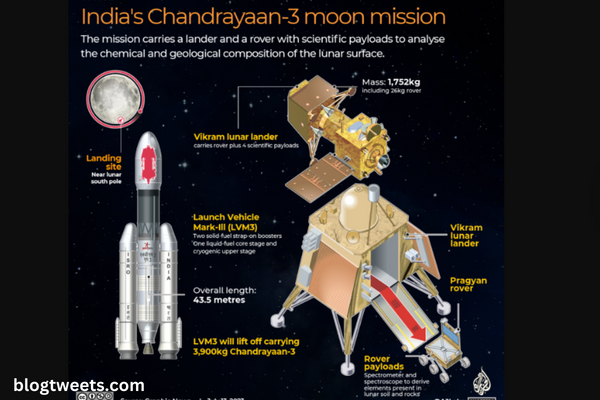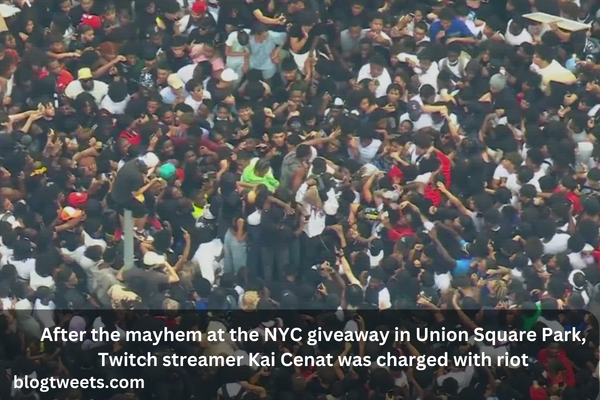With the aid of America, Taiwan could prevent a Chinese invasion using its arsenal and asymmetric warfare

Beijing’s robust military response to Taiwan’s President Tsai Ing-wen defying Chinese warnings to meet with US House Speaker Kevin McCarthy in California earlier this month sent shockwaves around the globe.
During a three-day military exercise, the People’s Liberation Army simulated a blockade of the island by sending an aircraft carrier and 12 naval ships to encircle it and flying over a hundred warplanes into its air defense identification zone, actions that only increased concerns that communist-ruled China may be preparing to invade its democratically-ruled neighbor.
The drills were hailed by China’s governing Communist Party as “joint precision strikes” that should serve as a “serious warning against the Taiwan separatist forces” despite the fact that Taiwan has never been under Chinese authority.
In Taipei’s opinion, the message was crystal clear. Taiwan’s Foreign Minister Joseph Wu told CNN’s Jim Sciutto that China appeared to “be trying to get ready to launch a war against Taiwan.”
That direct judgment probably caused some people to question if the island has made adequate military preparations for such a situation.
In order to increase its war readiness, Taipei recently made a very public announcement extending the four-month military service requirement to a year and speeding up the development of its homegrown weapons program.
However, according to analysts, a recent statement that has probably received less attention in the international media could be a game-changer: talks between Taipei and Washington to construct a “contingency stockpile” of weapons on Taiwan’s territory.
Defense Minister Chiu Kuo-cheng informed Taiwan’s parliament in March that Taipei and Washington were in talks about the possibility of establishing a war reserve stock on the island. This was made possible by a provision in the 2023 National Defense Authorization Act (NDAA), which US President Joe Biden signed into law last December.
Military experts claim that while Taiwan has long been a US arms customer, the development of such a stockpile could be essential to the island’s defense because, as China’s recent simulated blockade demonstrated, it might be extremely challenging to supply the island with additional weapons should war break out.
Taiwan, unlike Ukraine, has no land boundaries, so any supplies would need to enter by air or sea, which would make them extremely vulnerable to Chinese military interceptions.
Therefore, it is crucial for Taiwan to stockpile munitions on the island before any battle starts, according to Admiral Lee Hsi-min, who oversaw the Taiwanese military’s general staff from 2017 to 2019.
He declared that Taiwan must have a serious military reserve stockpile. “Those kinds of stockpiles can still be very effective for our defense, even if the United States does not want to directly intervene with military force.”
In light of the conflict in Ukraine, Taiwan has also regularly expressed worry over delays in US armament supply. Speaker McCarthy tweeted after his meeting with Tsai that “based on today’s conversations, it’s clear several actions are necessary: We must continue arms sales to Taiwan and make sure such sales reach Taiwan on time.”

Asymmetrical combat
The discussions over the potential stockpile raise the issue of what Taiwan actually requires for defense.
Despite not having a “official” diplomatic ties, the United States continues to be the single biggest guarantor of the island’s protection and the Taiwanese military has been buying fighter jets and missiles from it for decades.
With its approval of future military shipments to Taiwan worth an estimated $619 million last month—including hundreds of missiles for its fleet of F-16 fighter jets—the Biden administration grabbed media attention.
Admiral Lee, however, argued that Taiwan urgently needed to stock up on smaller, more portable weapons that would be more likely to survive the initial Chinese assault in an all-out conflict, which would probably involve long-range joint missile strikes on Taiwanese military and infrastructure targets.
Lee made the case in a well-known book titled “Overall Defense Concept,” which was published last year, that Taiwan should stop spending a lot of money on fighter planes and destroyers because its military resources were already far outnumbered by those of China and could be easily crippled by long-range missiles.
China spent $230 billion on defense last year, more than 13 times Taiwan’s $16.89 billion budget.
As a result, Lee stated, Taiwan should adopt an asymmetric warfare approach that focuses on the acquisition of smaller weapons like portable missiles and mines that are difficult to detect but effective in reversing enemy gains.
He claimed that the Ukrainian military had sunk Moscow’s warships using Neptune anti-ship missiles. “Asymmetric weapon systems will let us keep our fighting prowess. This is so that they can be attacked by us since destroying them would require our opponents to approach us.
He said, “I believe China won’t be able to take over Taiwan by force, even without United States’ participation, if we can create good enough asymmetrical capabilities.
The US intentionally avoids saying whether it would participate in the event of a Chinese invasion, a strategy known as “strategic ambiguity,” despite maintaining close unofficial connections with Taiwan and being legally required to sell the island weapons for its self-defense.
Handheld weapons
Taiwan will be qualified to receive up to $1 billion in weapons and ammunition from the United States under this year’s National Defense Authorization Act, passed by the US Congress and signed by US President Joe Biden, to confront China’s escalating military threat.
The act also permits the establishment of a regional contingency stockpile, allowing the Pentagon to keep weapons in Taiwan in case a war with China breaks out.
A spokeswoman for Taiwan’s Ministry of National Defense acknowledged to CNN that talks with the United States are ongoing regarding the definition of a “contingency,” the kinds of weapons that its armed forces can use right away, and the timing for transporting the necessary supplies.
In contrast to “pre-stocking” munitions on the island, the ministry emphasized that the action is only intended to address Taiwan’s defensive needs.
The US Indo-Pacific Command declined to comment on the status of negotiations to build the stockpile but assured Taiwan that it would continue to have access to enough self-defense weapons.
CNN was informed by China’s Foreign Ministry that Beijing “resolutely opposes” any military interactions between the US and Taiwan and that it will take “all necessary measures” to protect its security and sovereignty.
According to Lin Ying-yu, an assistant professor of military affairs at Tamkang University, if a contingency stockpile were to be established, it should concentrate on gathering weapons already in use by Taiwan’s military to assure operational efficacy.
He added, “I think the Stinger and the Patriot missiles are some of the weapons that the US would be ready to deliver. While the Patriot missile defense system may intercept enemy missiles and planes, the Stinger surface-to-air missile can only be fired by a single soldier.
The Javelin, a portable anti-tank missile system produced in the US that has been extensively deployed by the Ukrainian military to strike Russian tanks, is another weapon that may be stored, according to Admiral Lee.
He said that the National Advanced Surface-to-Air Missile System, or NASAMS, which was able to launch the medium-range AIM-120 missile from ground level, could be effective for pursuing Chinese jets.
The loitering munition drone, a so-called “suicide drone” that can be carried by a single soldier and is capable of taking out high-value targets, as well as other anti-armor and anti-ship weaponry should also be taken into consideration, he continued.
“You can keep the majority of your fighting capabilities intact and prevent the enemy from conducting a landing operation if you have a high enough number of these kinds of asymmetrical weapon systems that survive the initial attack,” Lee added.
How many are adequate?
How many weapons or missiles Taiwan would need to protect itself against China is another question that comes up.
Experts noted that the wide range of potential battle scenarios made it challenging to provide a precise estimate.
The Chinese military might use a variety of strategies, according to Admiral Lee’s book, in an effort to annex Taiwan.
In the event of a full-scale conflict, China could launch long-range missiles at Taiwanese military installations and infrastructure before attempting to move ground forces over the Taiwan Strait.
A naval and aerial blockade of Taiwan or the annexation of Taiwan’s tiny outlying islands that are close to the Chinese coast are two further options that could involve minimal military action.
The number of missiles Taiwan would likely require, according to Lin, would be in the “tens of thousands.”
He claimed that measuring the total number of offensive military assets owned by the enemy and the potency of Taiwan’s defensive arsenals is one reasonably straightforward method of determining the number of missiles needed. “For instance, if we have a 25% success rate and our adversary has 1,000 missiles, we would require about 4,000 anti-ballistic missiles.”
The military of Taiwan may benefit from mobile radar equipment that would allow it to receive military signals from the US in addition to weapons, Lin continued. As the US military would be able to help identify prospective enemy targets even if ground radar systems had been destroyed, these would be helpful in conducting electronic warfare.
Lin said that despite the absence of American troops on the ground in Ukraine, the US was still able to direct the Ukrainian military’s use of force by sending signals from its electronic warfare aircraft. “We must ensure that we have the tools required to connect with US military systems during times of war.”
Admiral Lee stated that there were additional factors that made the conversations with the US regarding the potential stockpile significant, and they went beyond only the storage of ammunition and spare components.








